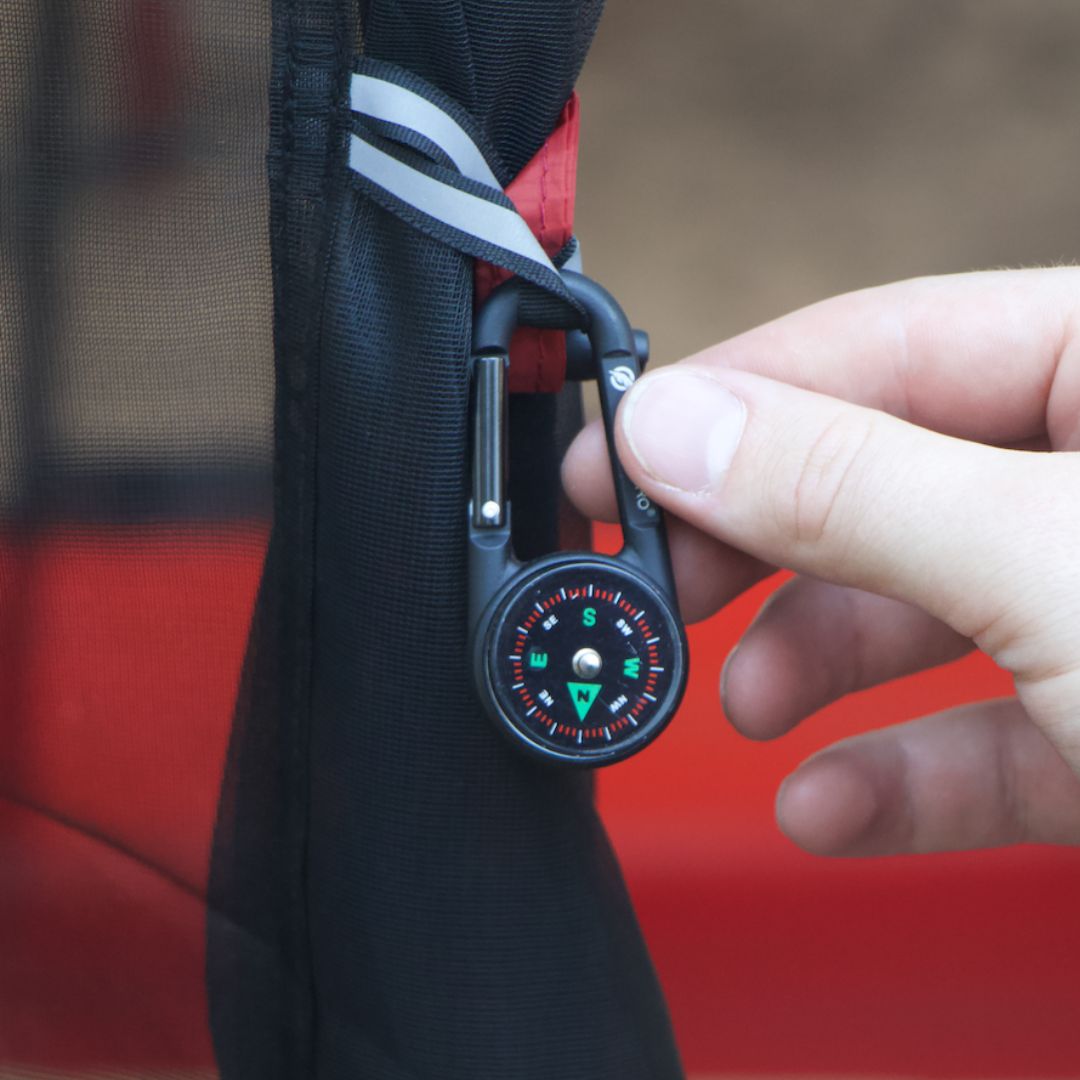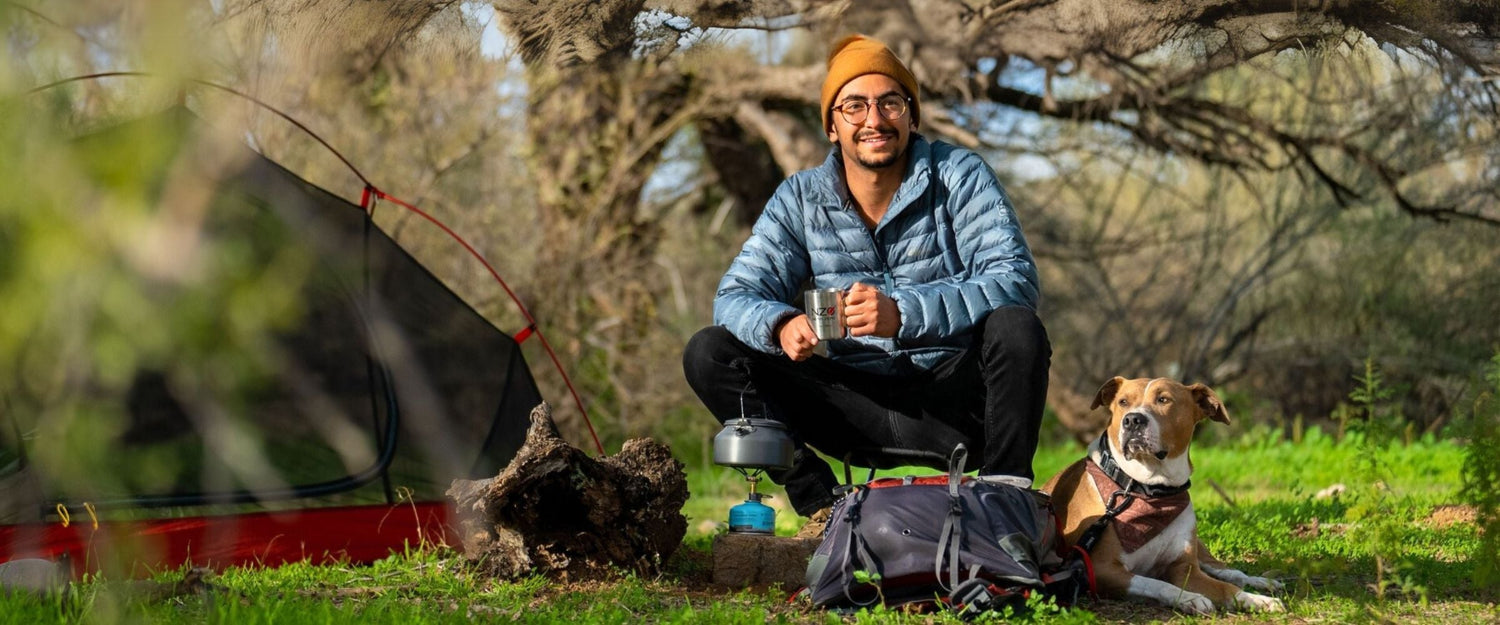
How to Navigate Using a Map and Compass
In today's digital age, with GPS devices and smartphone apps, the art of using a traditional map and compass has become old school. However, knowing how to use a map and compass shouldn't be tossed aside because tech can be unreliable; if you get stuck in a remote area and don't have tech, you'll be glad you learned this skill. At Near Zero, we still see the benefit of selling a compass. Whether you're an outdoor enthusiast, a survivalist, or just someone who wants to be prepared, mastering this fundamental skill can be life-saving. In this guide, we'll walk you through the basics of using a map and compass to navigate effectively.
Step-by-Step Guide to Navigation
1. Orient the Map
You must align a map with the real-world landscape to use it effectively.
-
Place your map on a flat surface.
-
Use your compass to find north by letting the needle settle by holding still and waiting until the arrow points in that direction.
-
Rotate the map until the north on the map matches the compass needle's direction.
2. Find Your Location
If you're unsure of your exact location, look for identifiable landmarks like mountains, rivers, or trails. You can pinpoint your location on the map by triangulating your position using at least two known points.
3. Set a Bearing
Once you know where you are and where you want to go, follow these steps:
-
Place the edge of the compass along the line from your current location to your destination.
-
Rotate the bezel (the rotating outer ring that is marked with N, S, E, and W directions) so that the orienting arrow lines up with the north on the map.
-
Hold the compass flat and turn your body until the red needle aligns with the orienting arrow.
-
The direction-of-travel arrow now points to your destination. Begin moving in that direction while keeping an eye on your surroundings.
4. Navigate Using Checkpoints
As you travel, use recognizable landmarks to confirm your path. These landmarks can help ensure you stay on track and avoid getting lost.
5. Adjust for Declination
Magnetic north differs from true north due to the Earth's magnetic field. Most maps provide a declination value, which you need to adjust for by rotating the bezel slightly to compensate for the difference.
6. Reorient as Needed
Periodically stop and check your map and compass to ensure you are still heading in the right direction. If you get off course, use the method you did when you started to find a new bearing and continue your journey.
Additional Tips
-
Practice Before You Need It: Get comfortable using a map and compass in familiar areas before relying on them in the wilderness. Practice in your neighborhood or in an area you know well.
-
Carry a Backup: Always have a spare compass and an extra map in case one gets lost or damaged.
-
Stay Calm if You Get Lost: Stop, reorient yourself, and use your tools to get back on track.
By learning and practicing these techniques, you can confidently navigate any terrain without relying on technology. Mastering the skill of reading a map and compass ensures you stay safe and on course, no matter where your adventure takes you.

